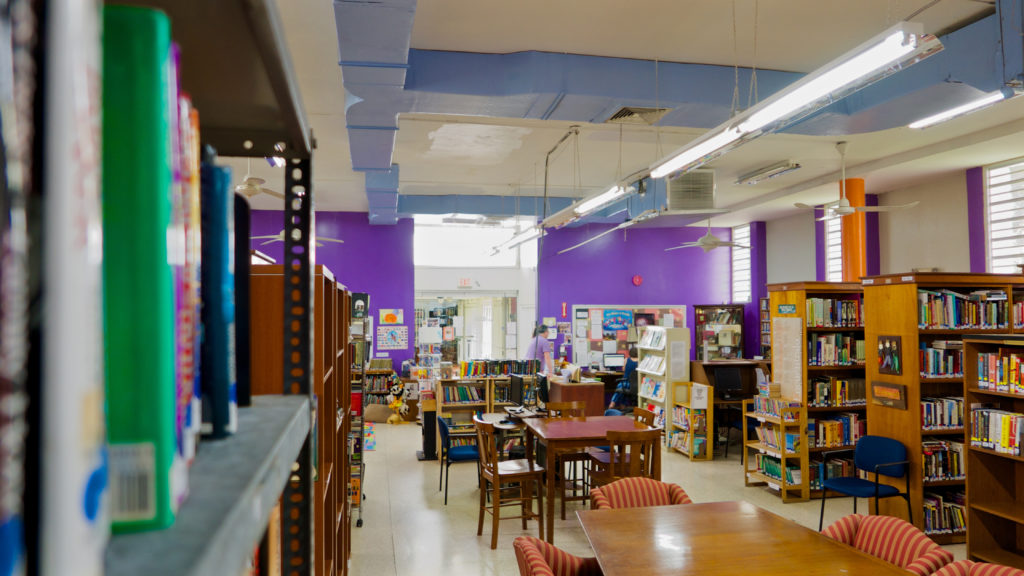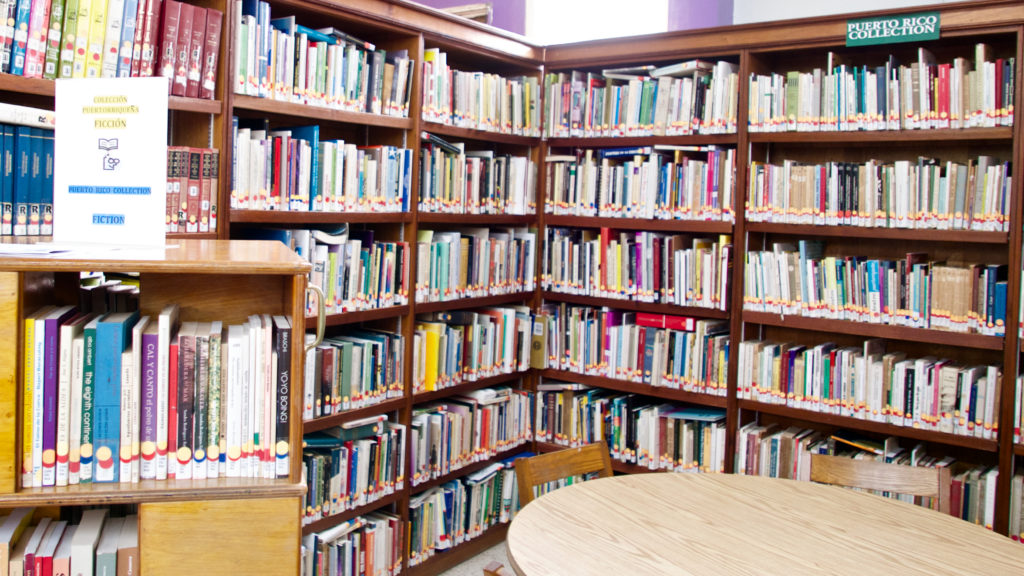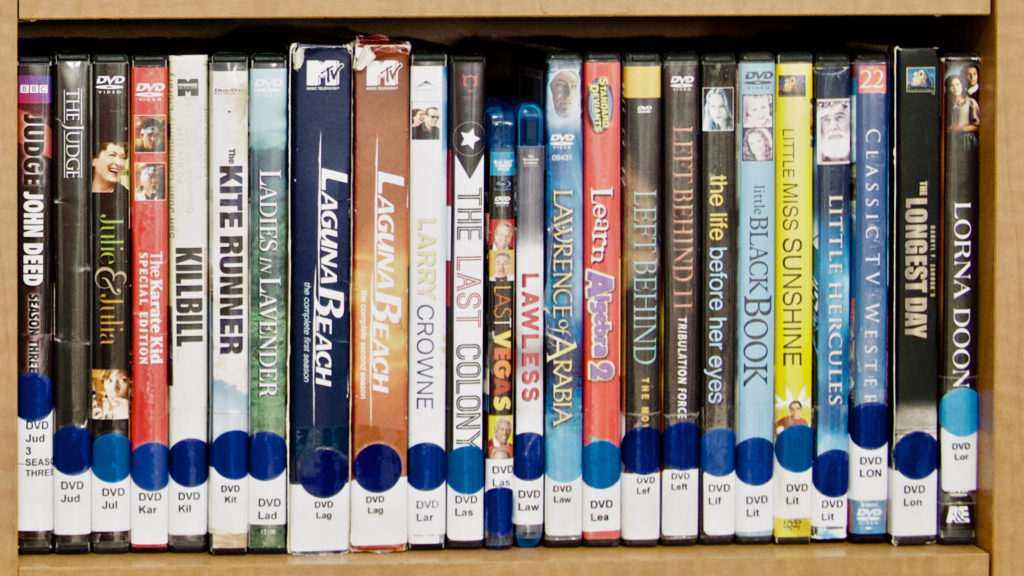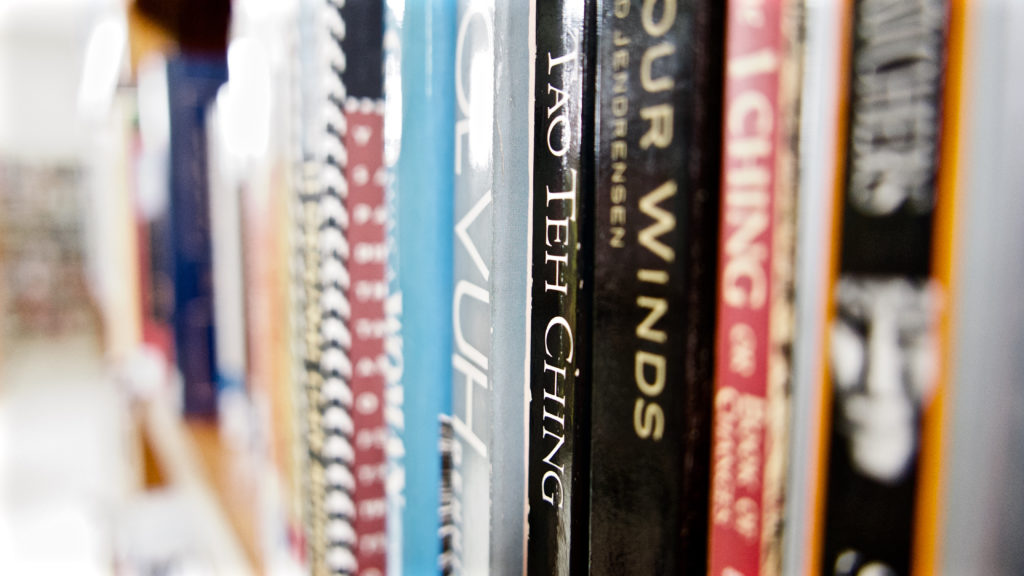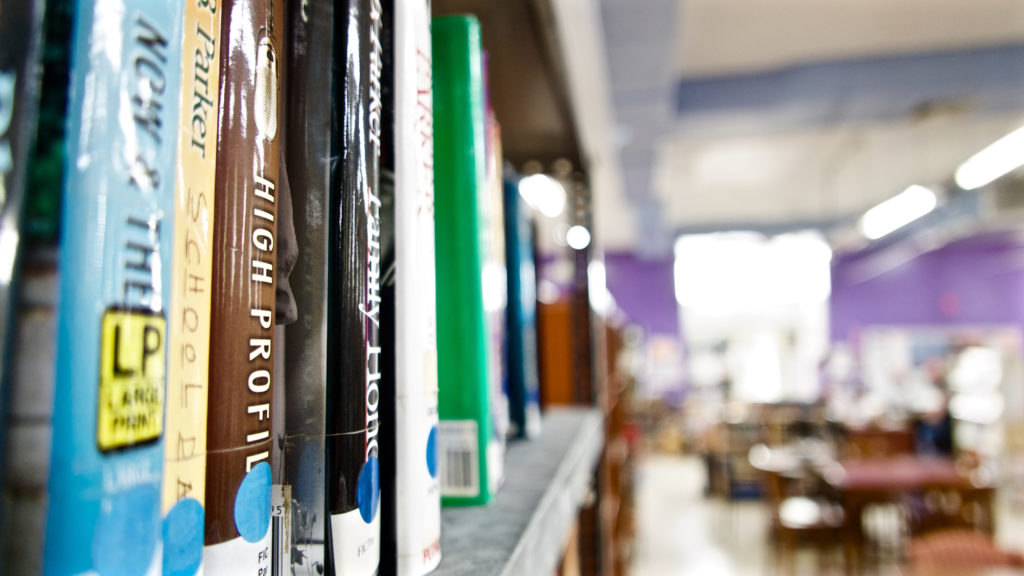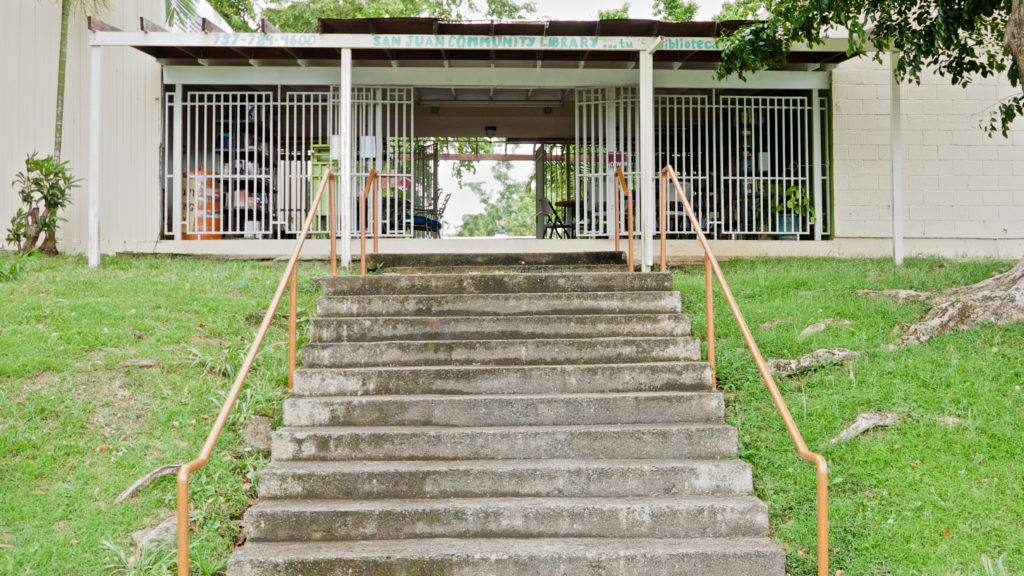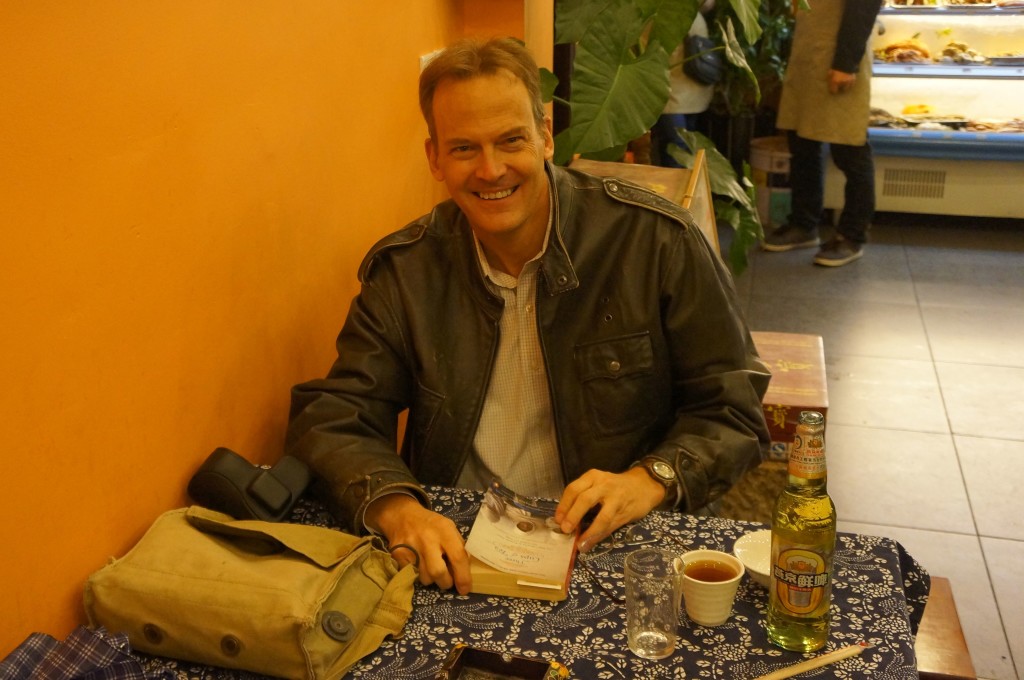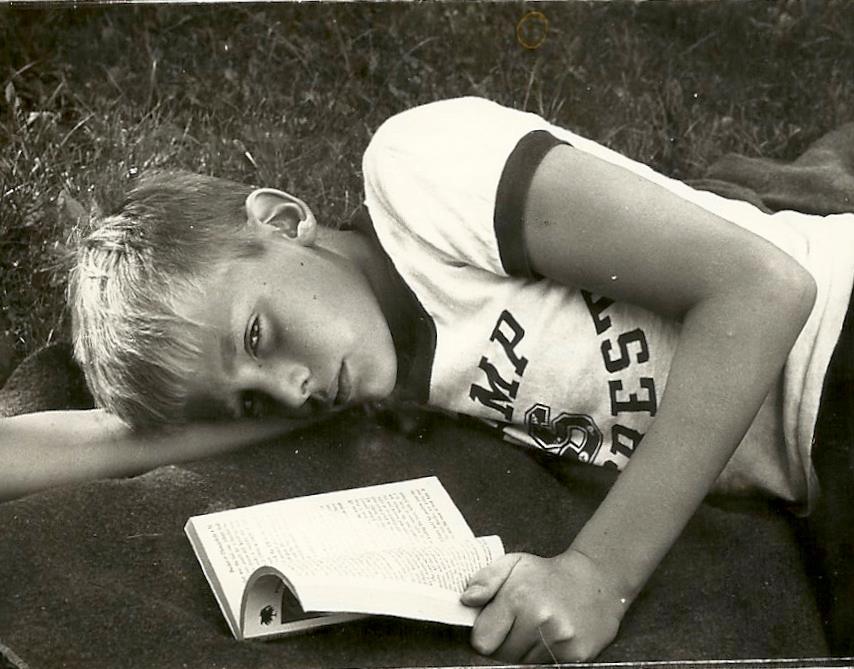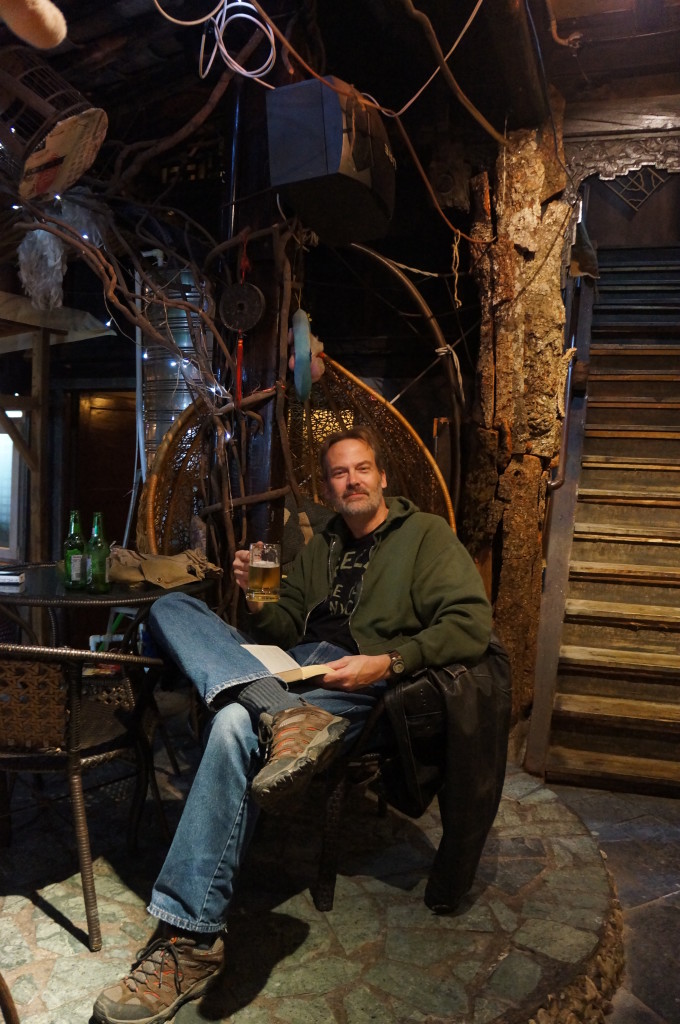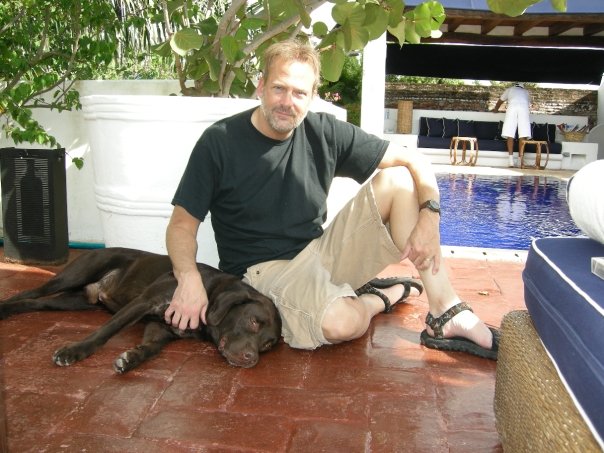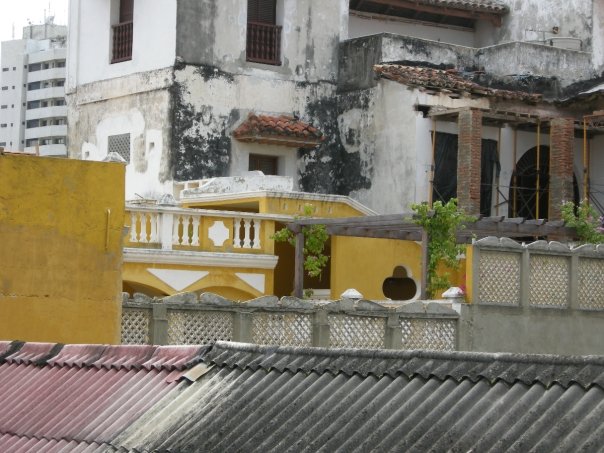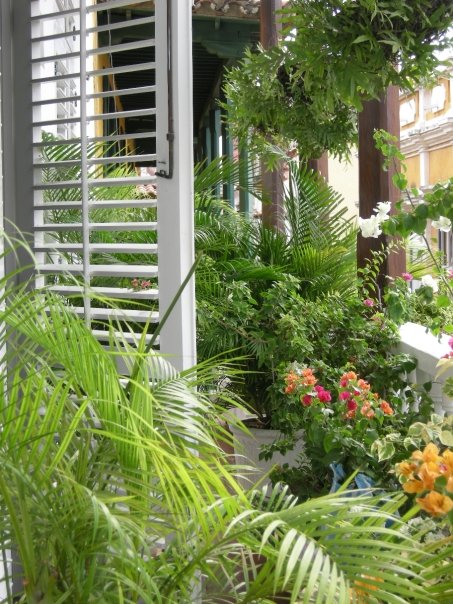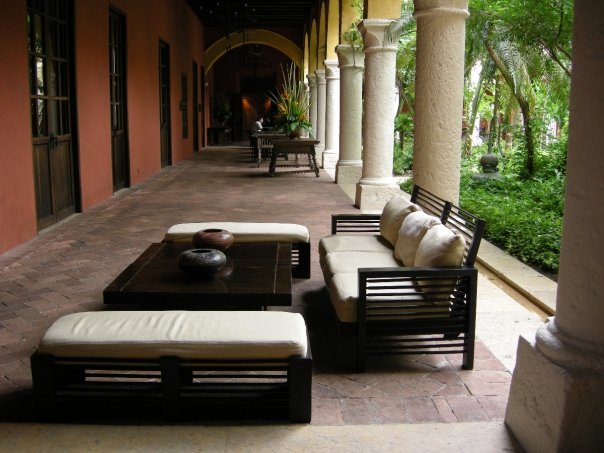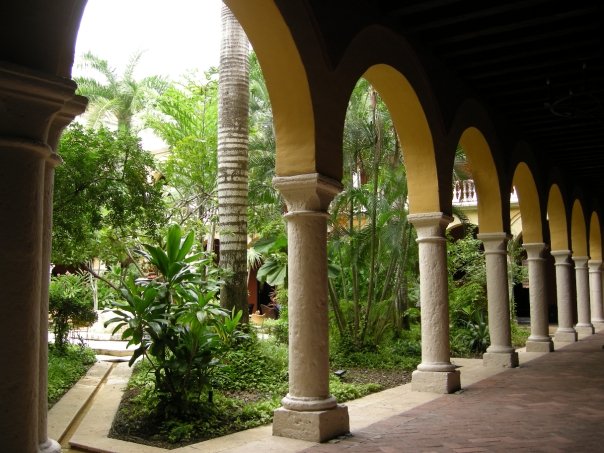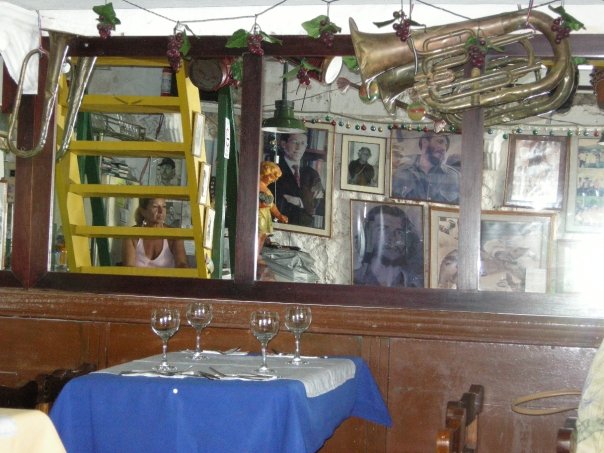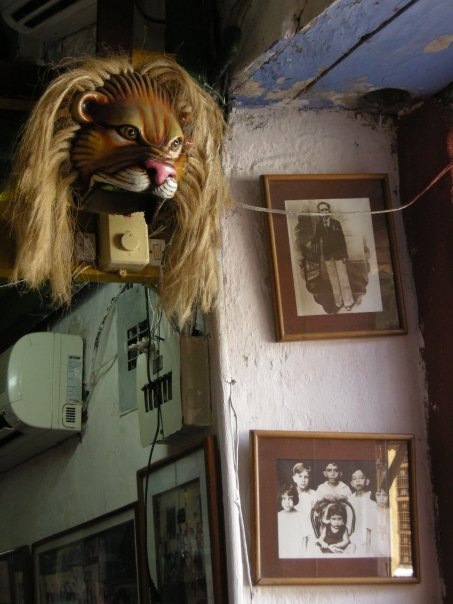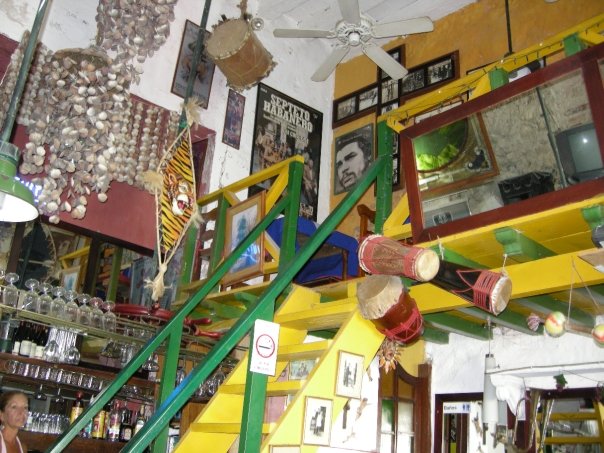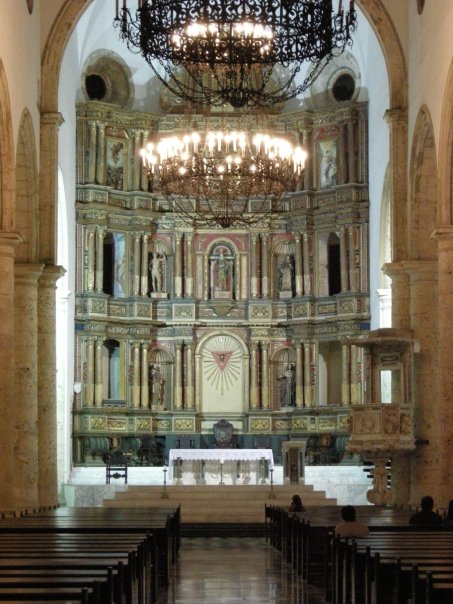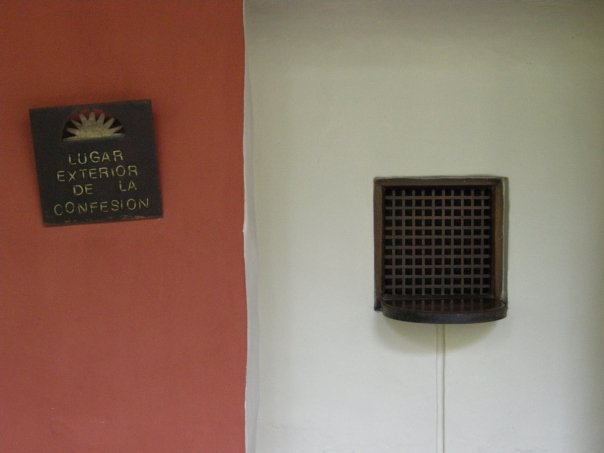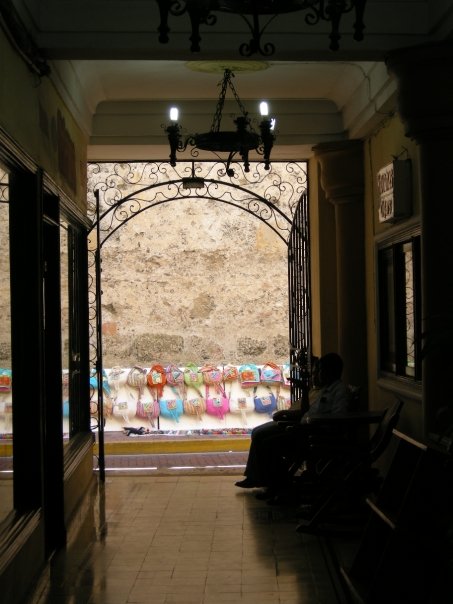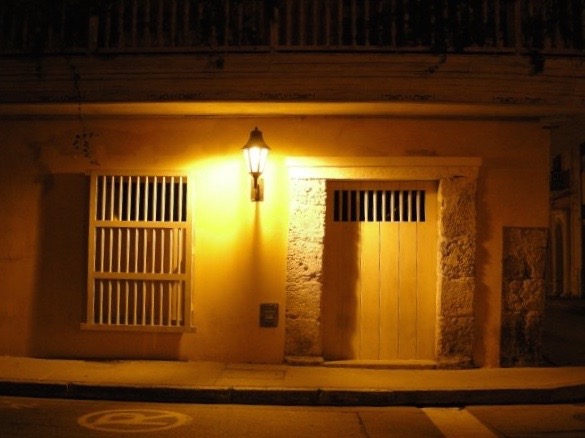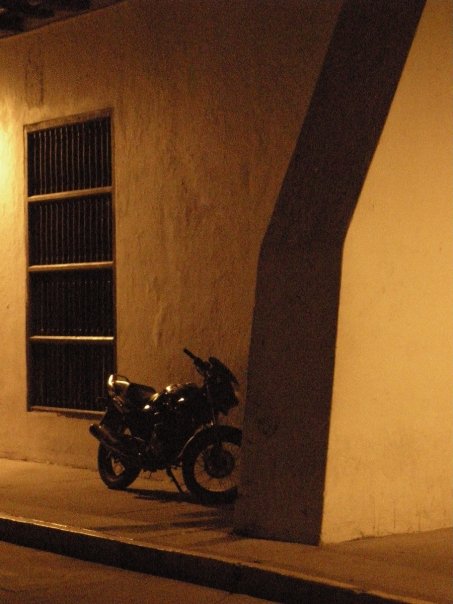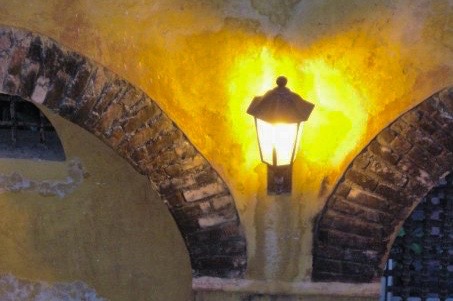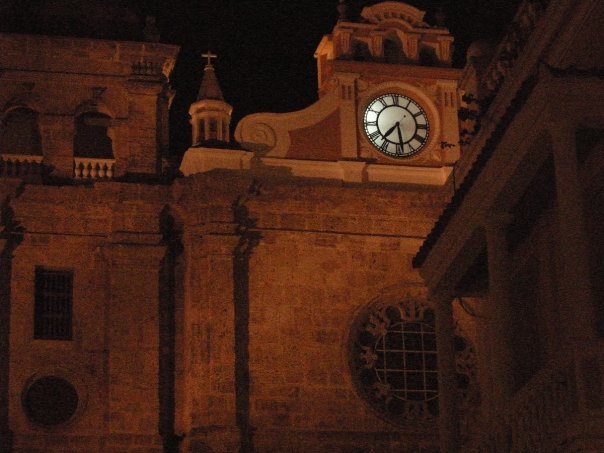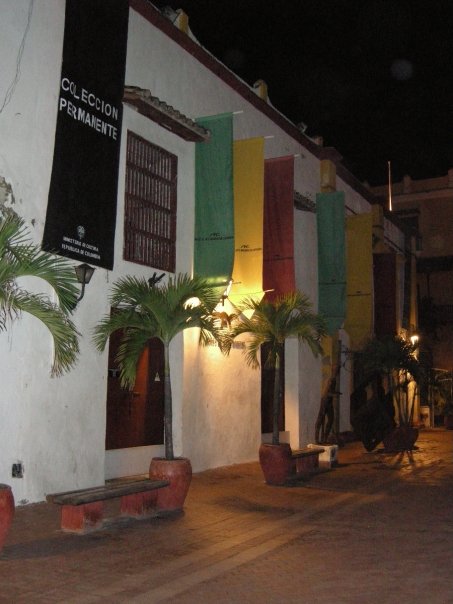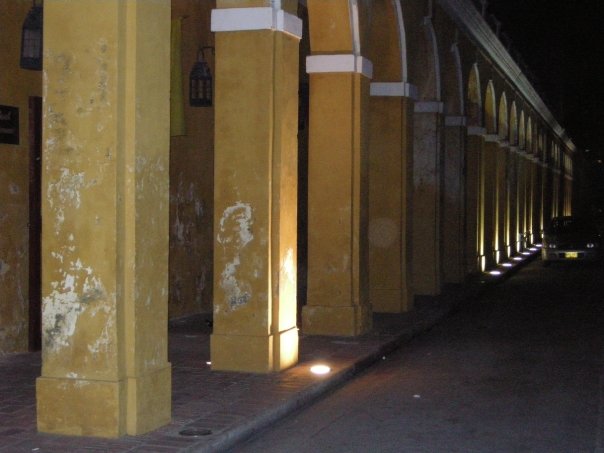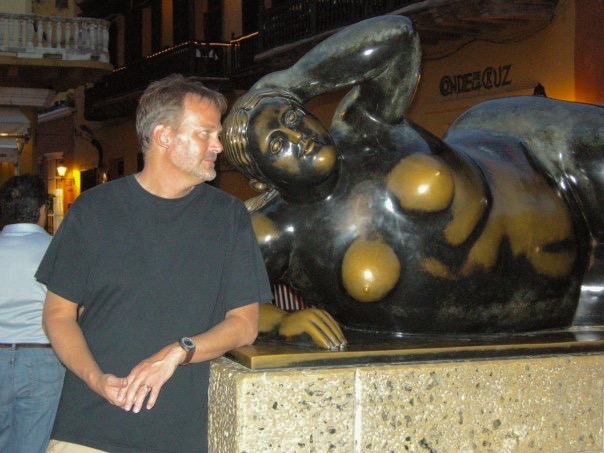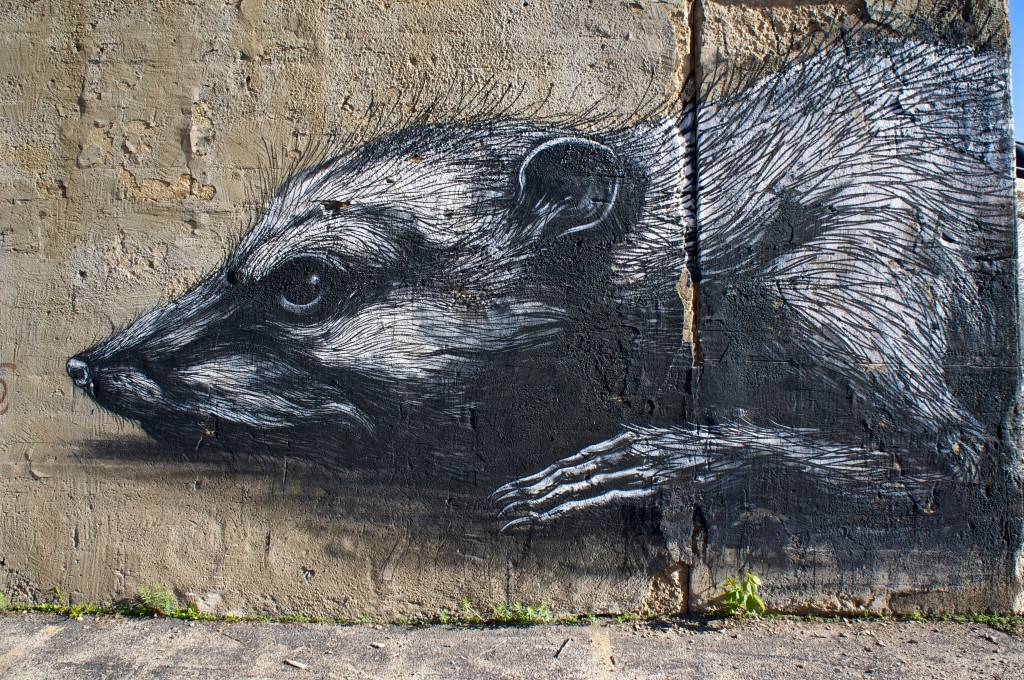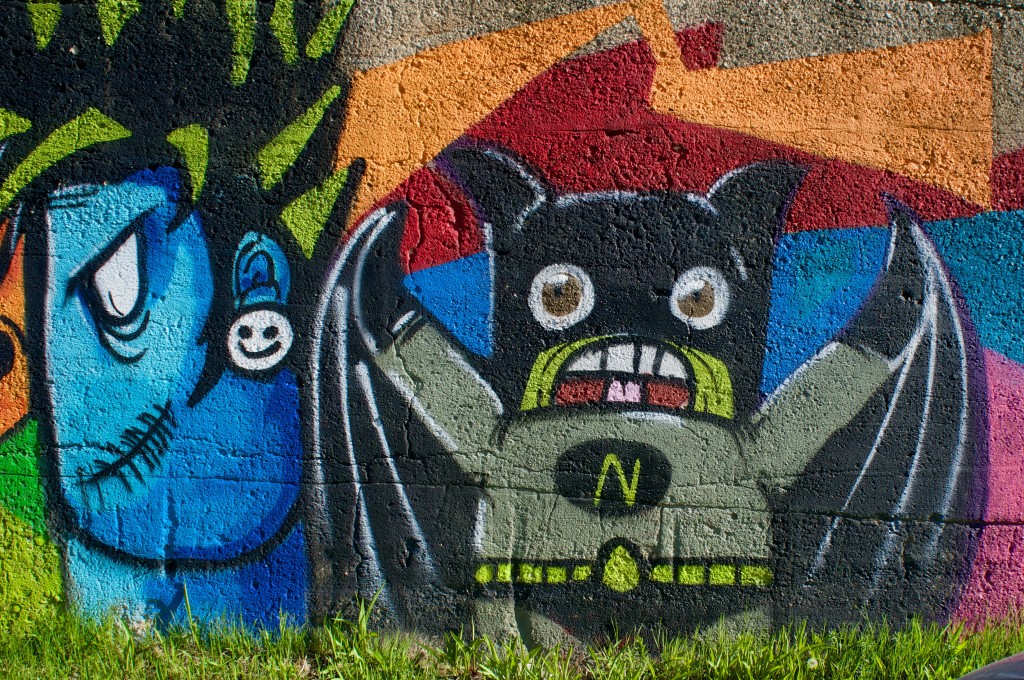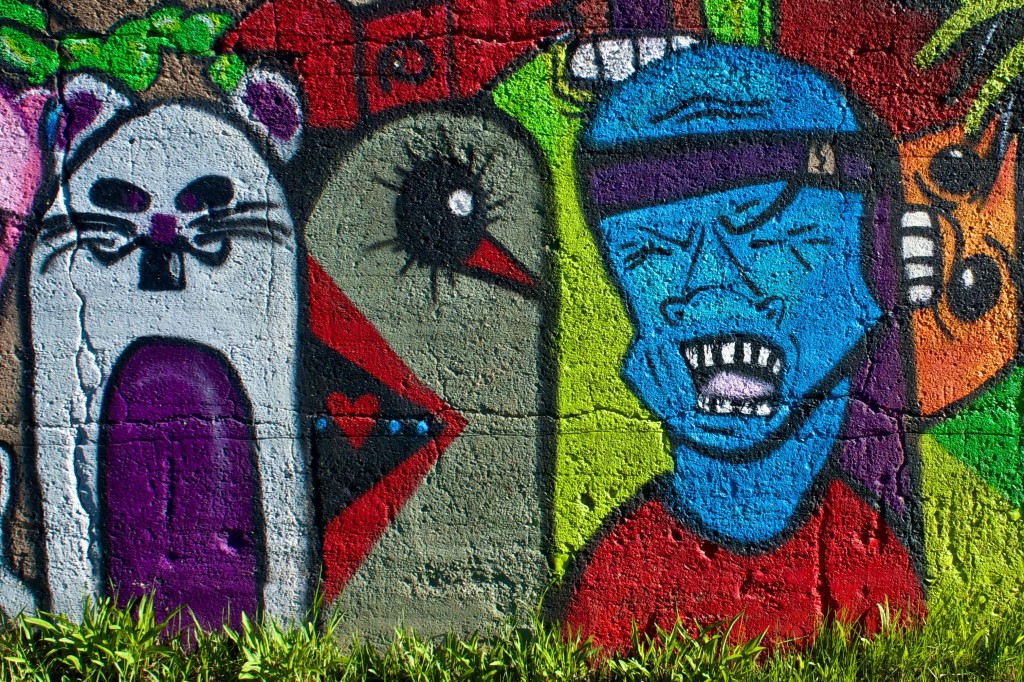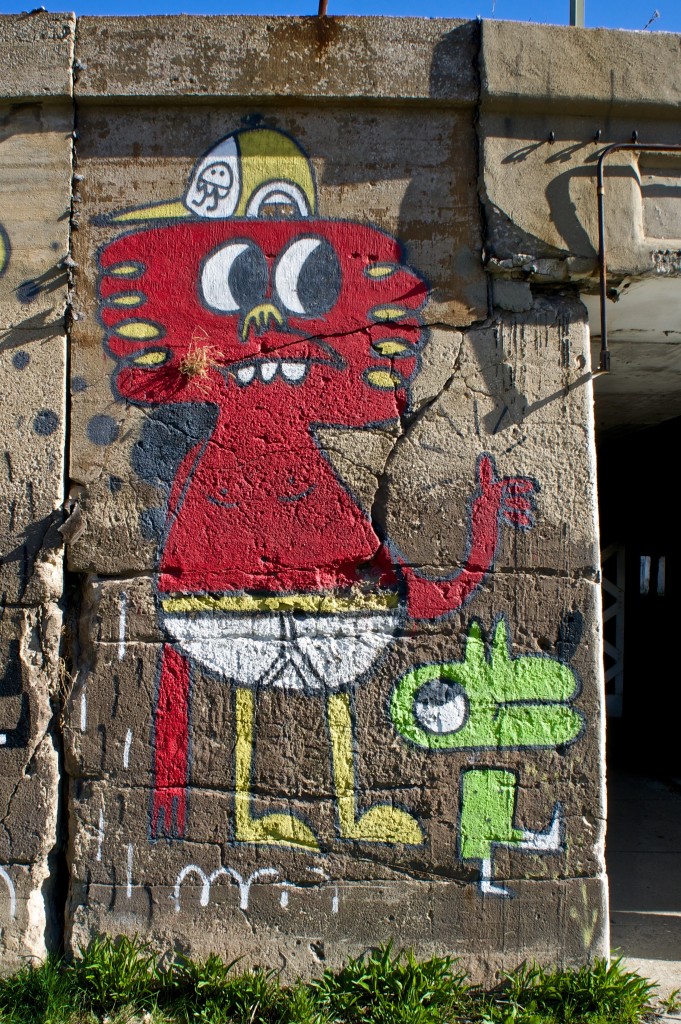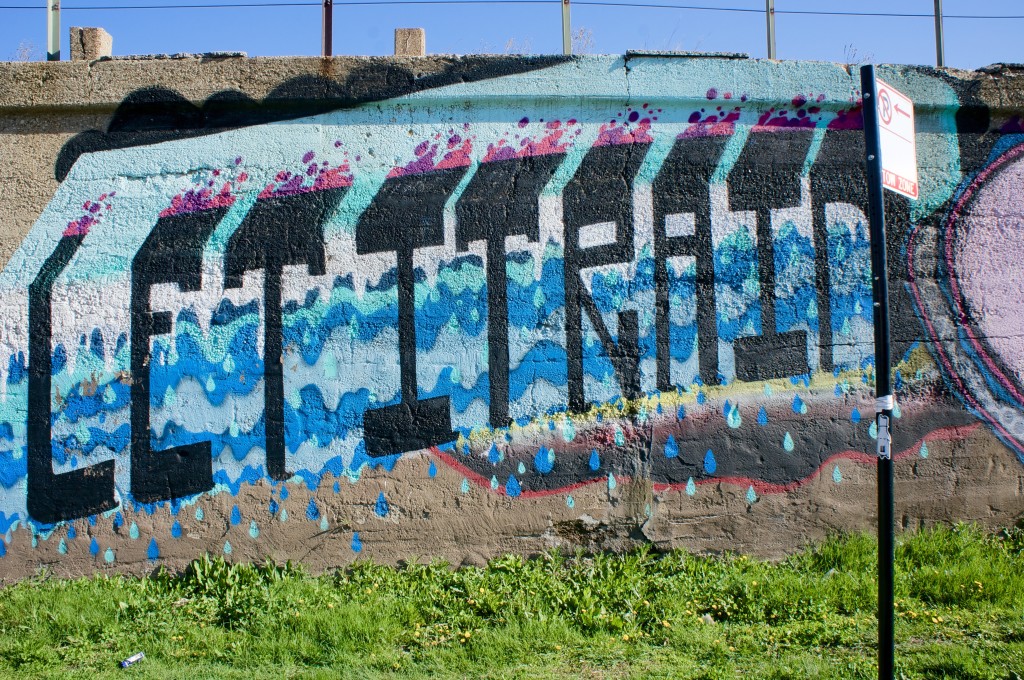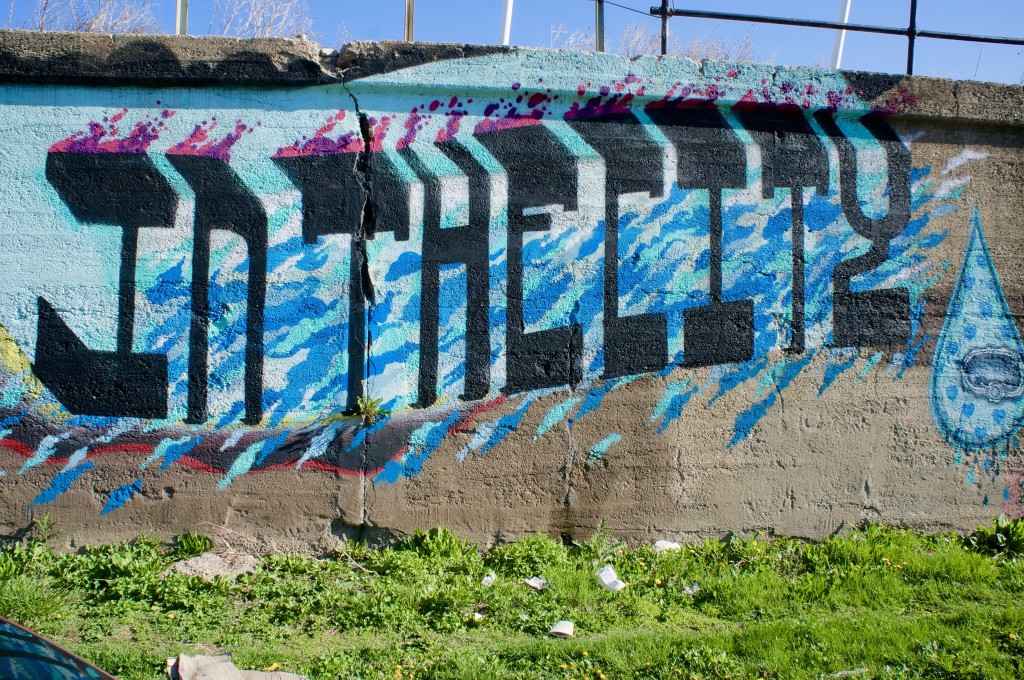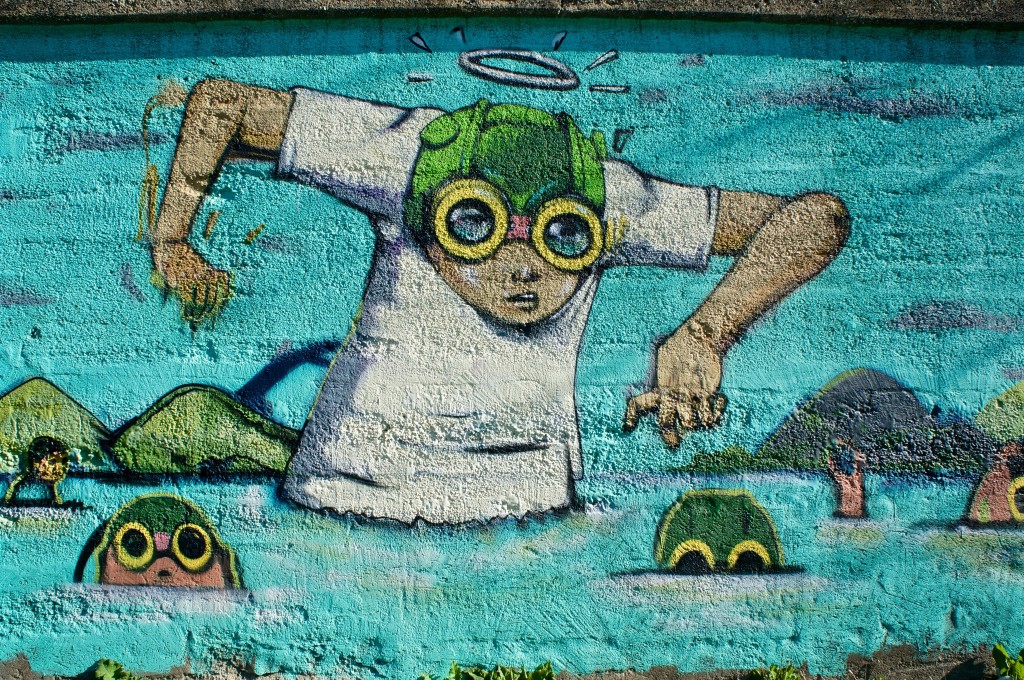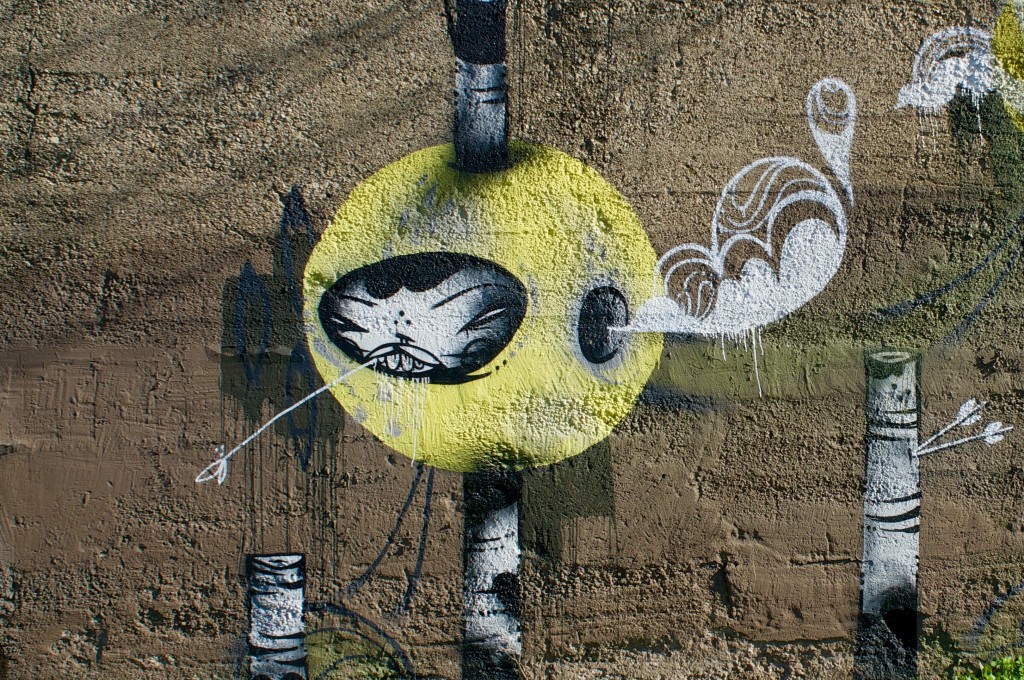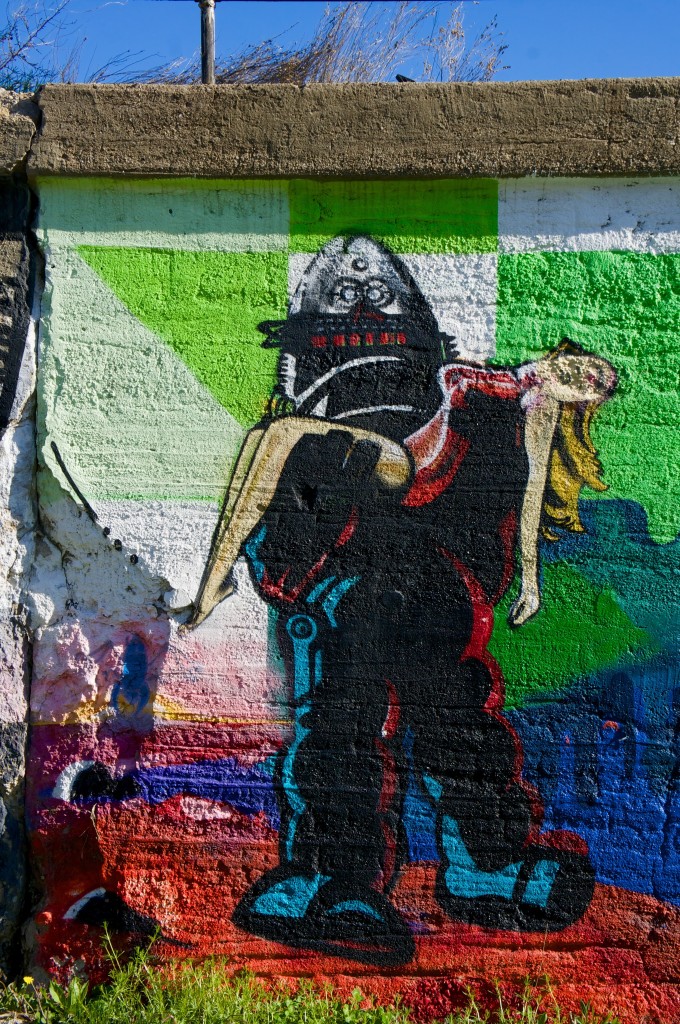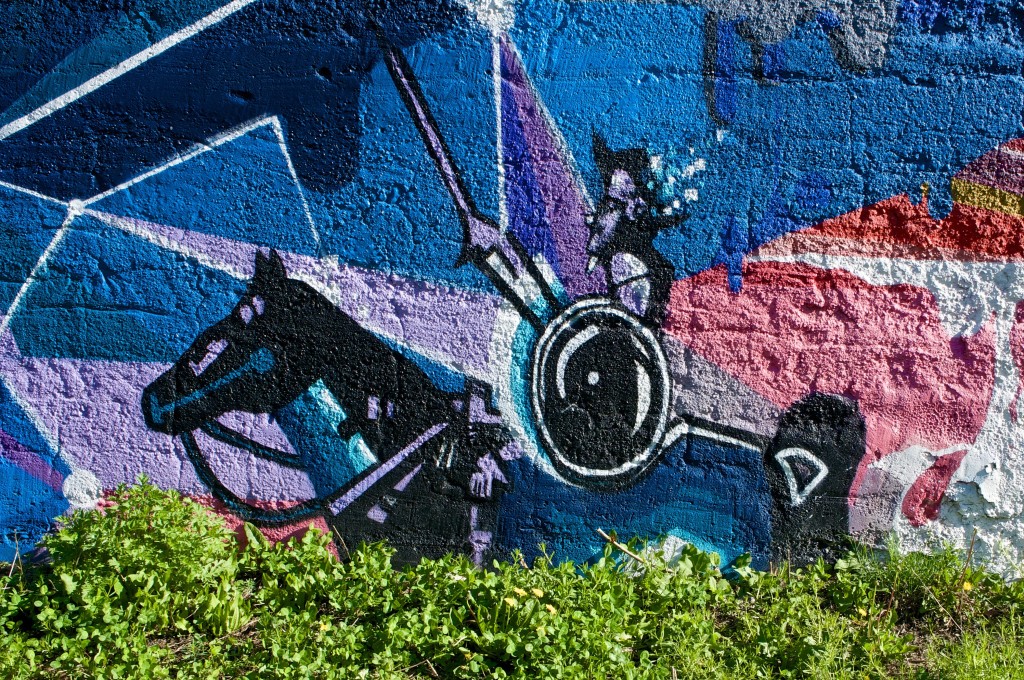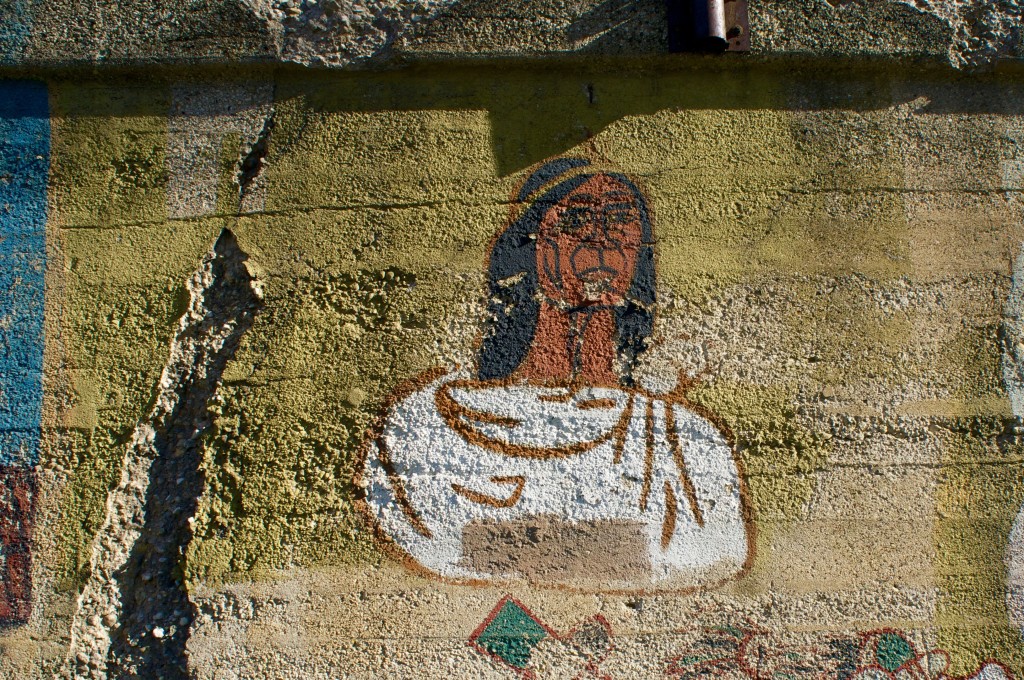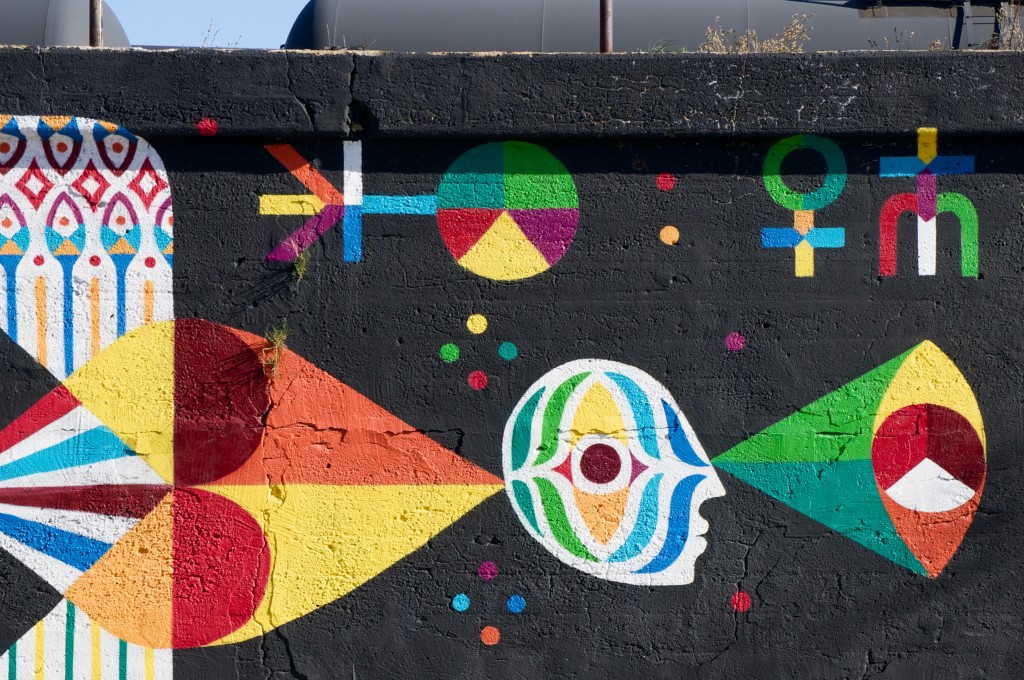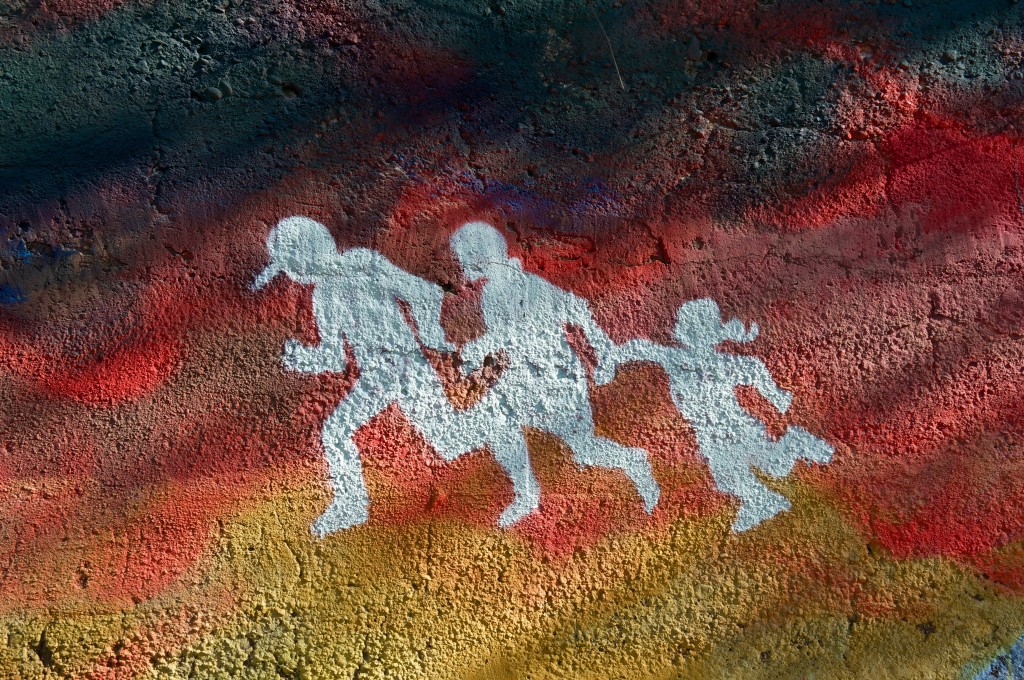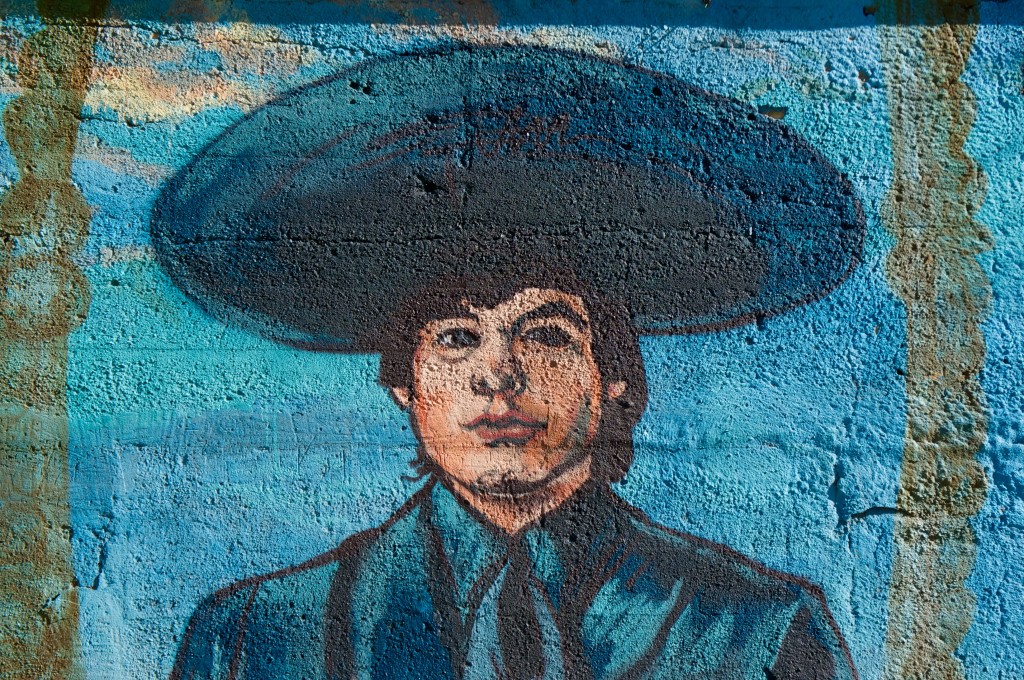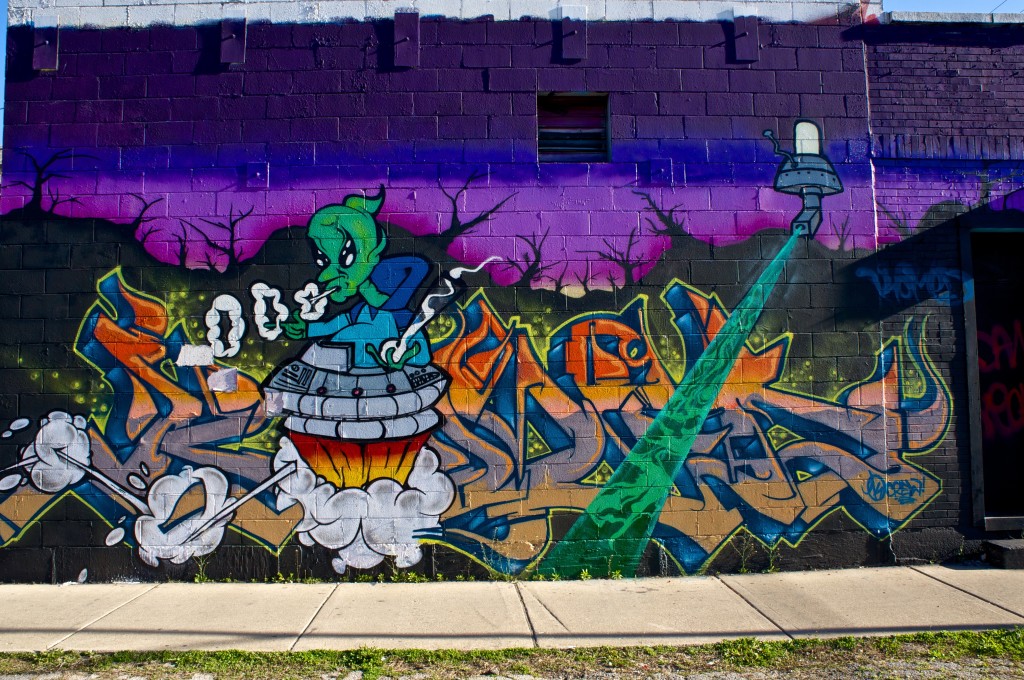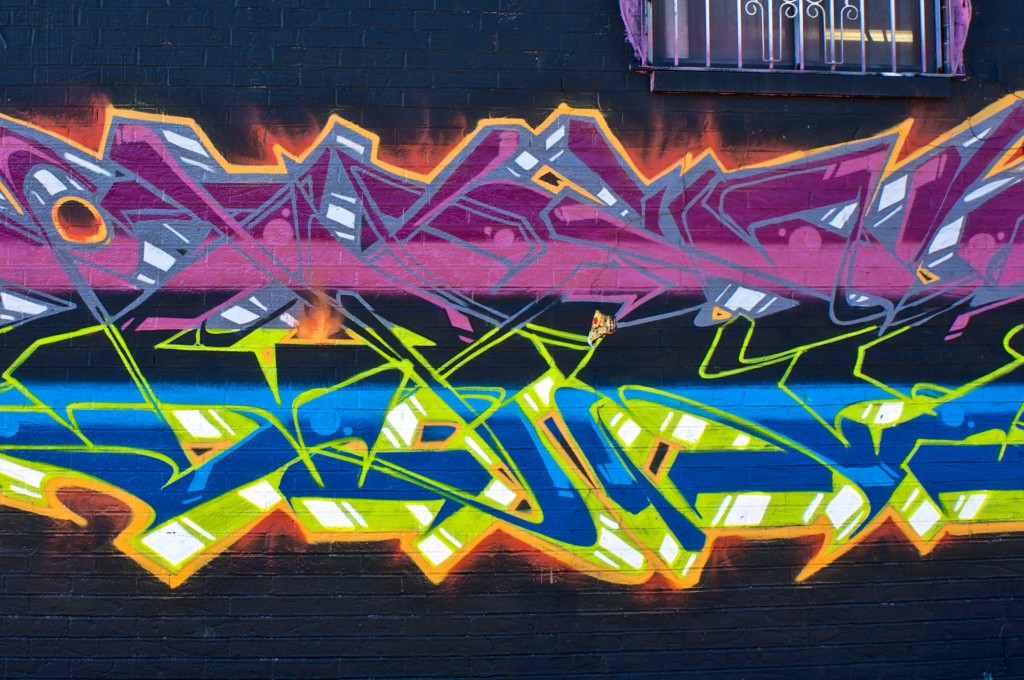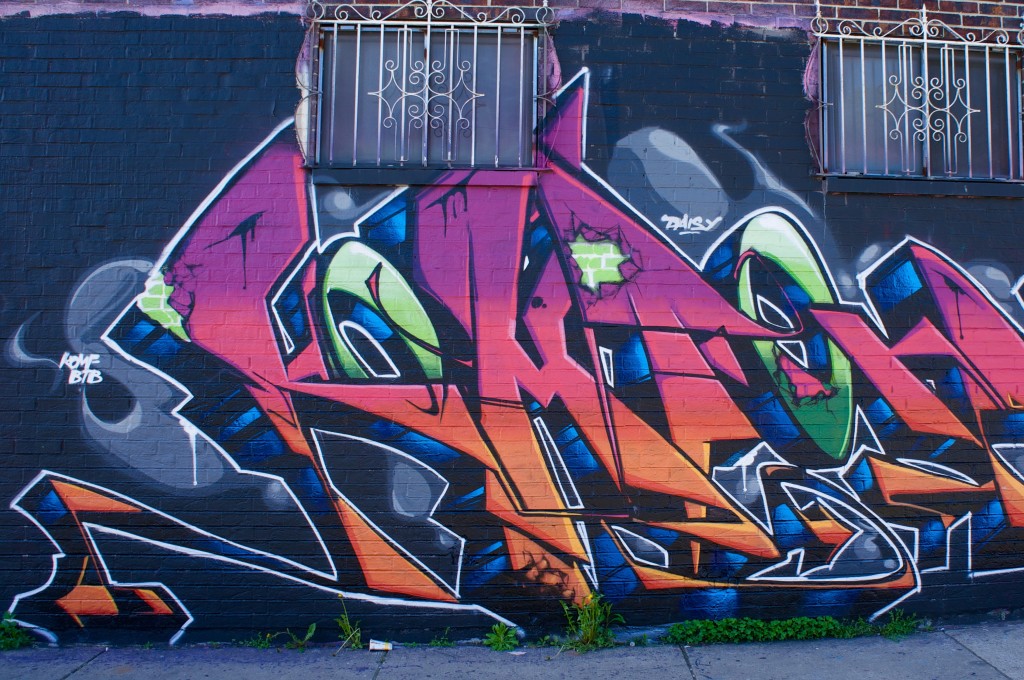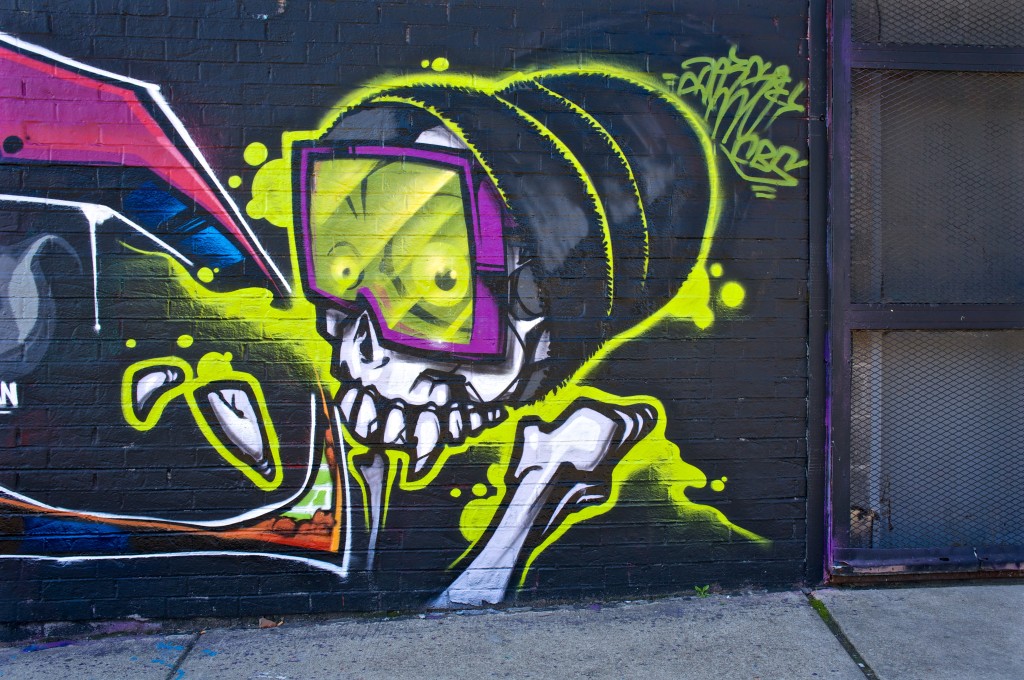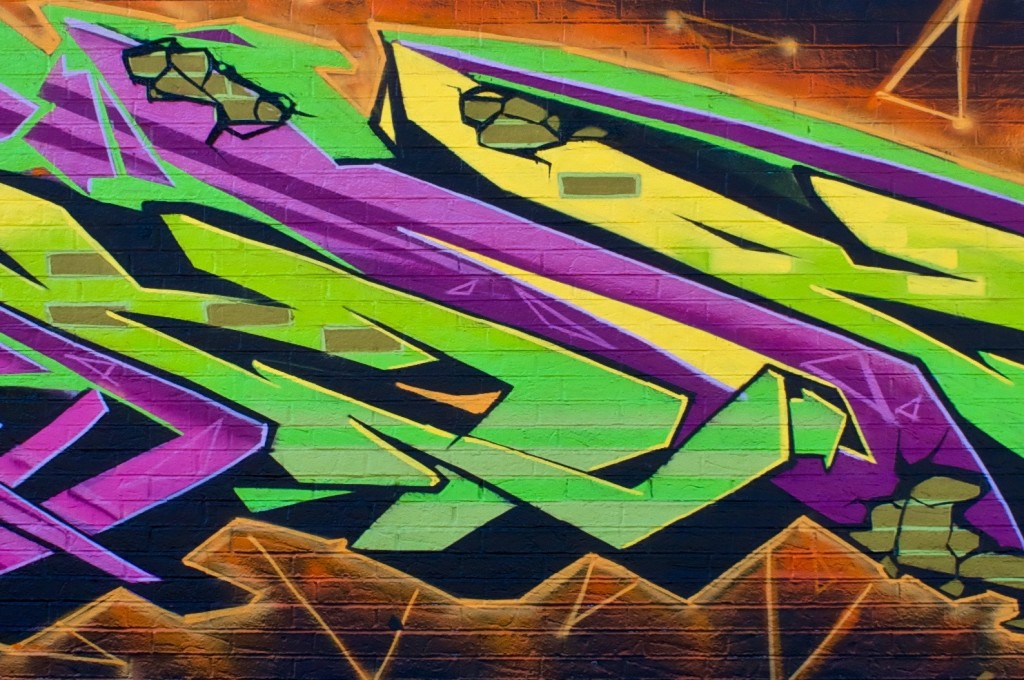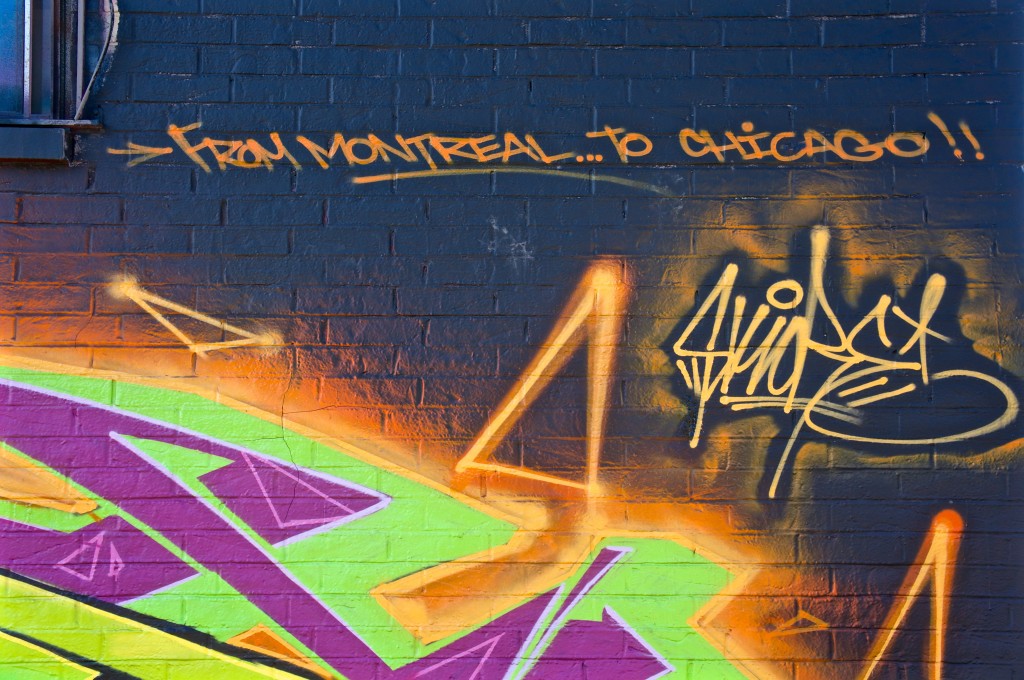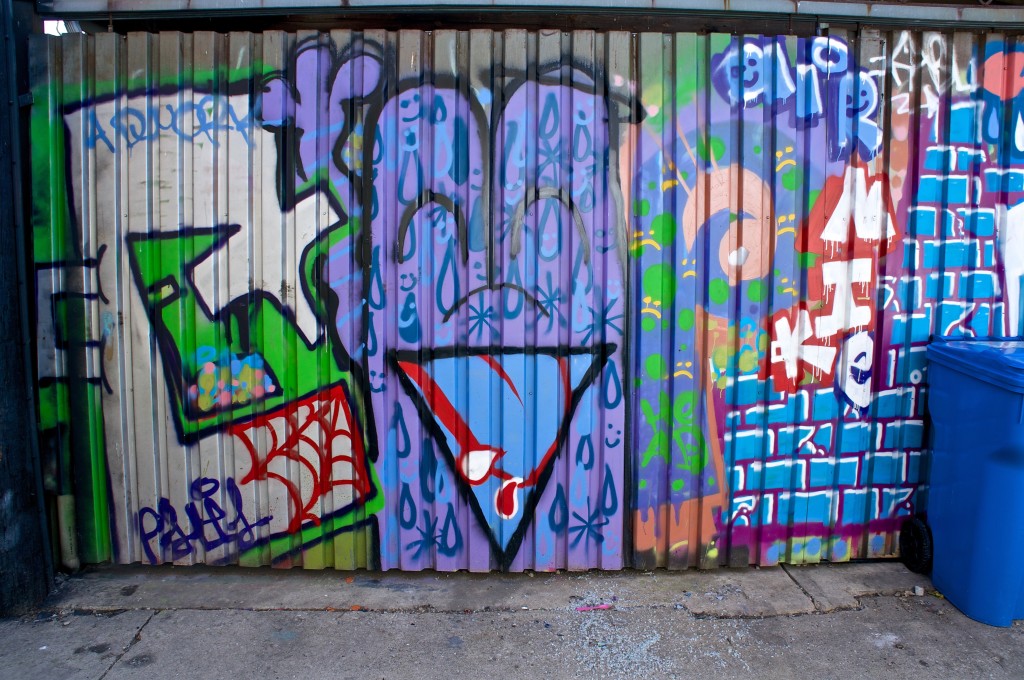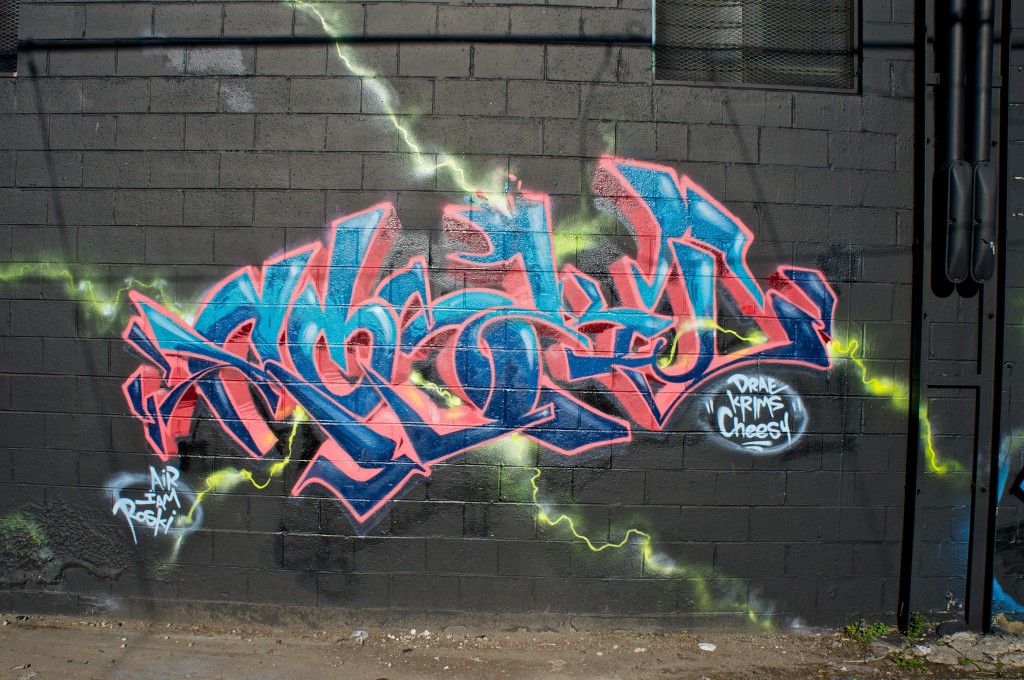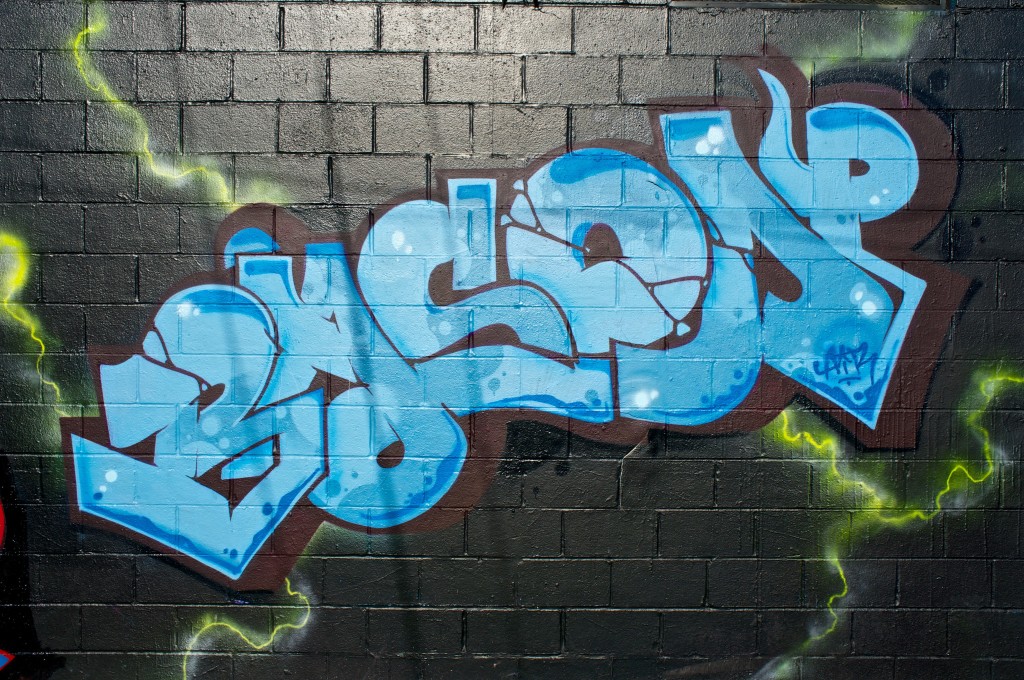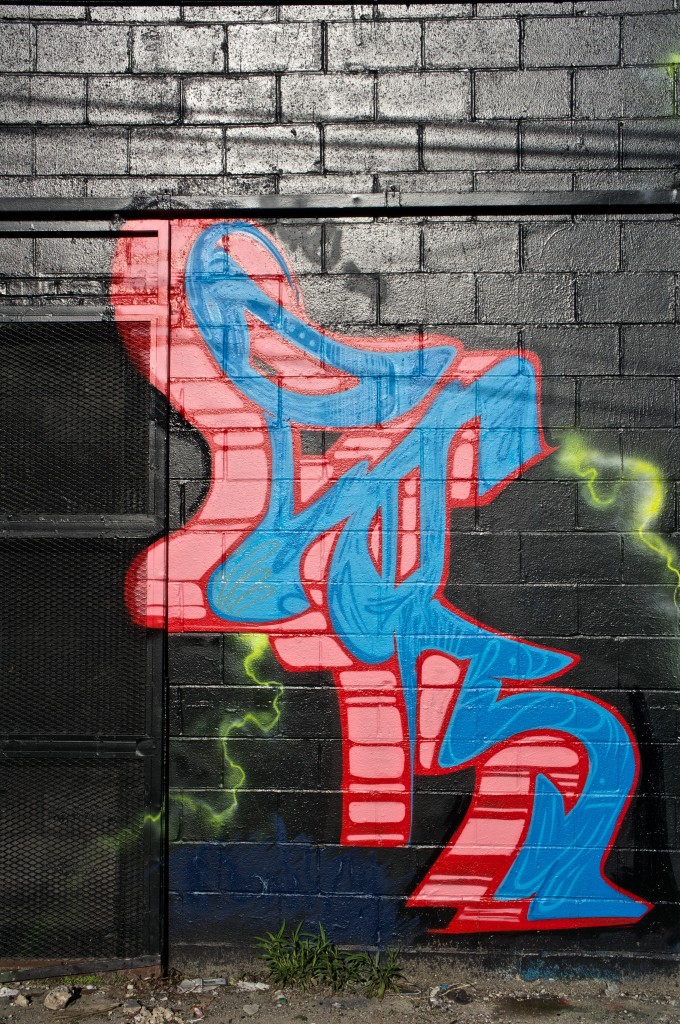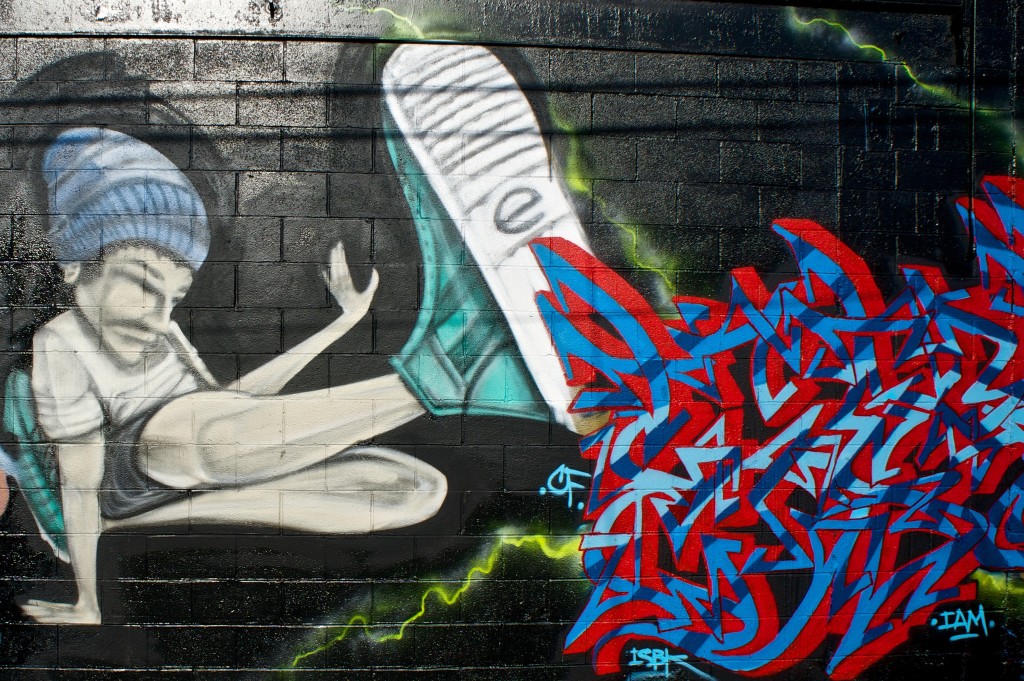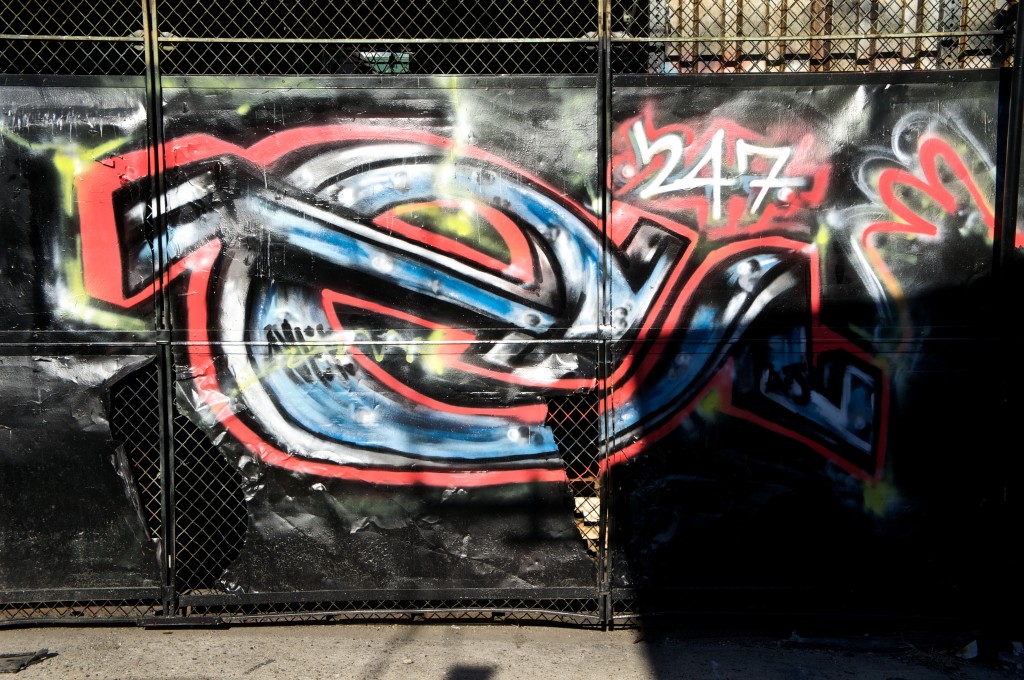I hadn’t lived in Puerto Rico very long before I asked someone where the nearest public library was. I was met with a puzzled look. Well, there are libraries in universities, I was told. There’s the Puerto Rico National Library, which contains the island’s archives and some specialty collections. But for whatever reason, the idea of a public lending library never really took off here. I found this odd, because my sense is that Puerto Ricans show far more interest in literature and poetry than their stateside cousins.
But while there isn’t a grand public library of the size I’d expect in a city of 300,000, there is The San Juan Community Library. It’s located in a nondescript (OK, ugly) building on the outskirts of the city–almost in Guaynabo–but that made sense. A library in Old San Juan or somewhere downtown wouldn’t be near to the people who’d be likely to use it.
On the Saturday of my visit, Alice, a 77 year old retired teacher originally from Washington State, was the only person working there. She welcomed me and immediately asked me to sign the visitor log. “They want to know how many people come here,” she explained. “It affects our funding. There are so many cutbacks coming, and …” She sighed in a well-what-can-you-do way and gave me a smile.
After recording my visit, I walked through the stacks. The books are housed in one good-sized room and organized by section.
There’s a kids’ area, a young adult stack, a Puerto Rican authors corner, and so on. Books are available in English and Spanish and all the signs in the library are written in both languages.
The library has WiFi and loans out movies on DVD. In total, it has more than 29,000 items to lend. It also has a schedule of community events, including a regular chess camp, book sales, and classes in art, music, yoga, and languages.
I paid $25 for an individual one-year membership, received my library card, and went prowling through the stacks.
When I checked out, I was pleased to see Alice date-stamp the tag in the book I borrowed. I hadn’t seen one of those in years. There was something very personal and homey about it, a more intimate experience than scanning your books into a bar code reader. The whole experience — the modest scale of the library, the organized shelving with occasional pockets of clutter, the rubber stamps, and Alice herself — took me back to my youth. I remember spending scores hours in libraries like that.
It was drizzling a little when I left, but I grabbed this photo on the way out.
From the outside, it’s not much to look at, but inside the atmosphere is cheery, warm, and welcoming. I have to return the book I checked out within two weeks — so I’ll be back soon.


